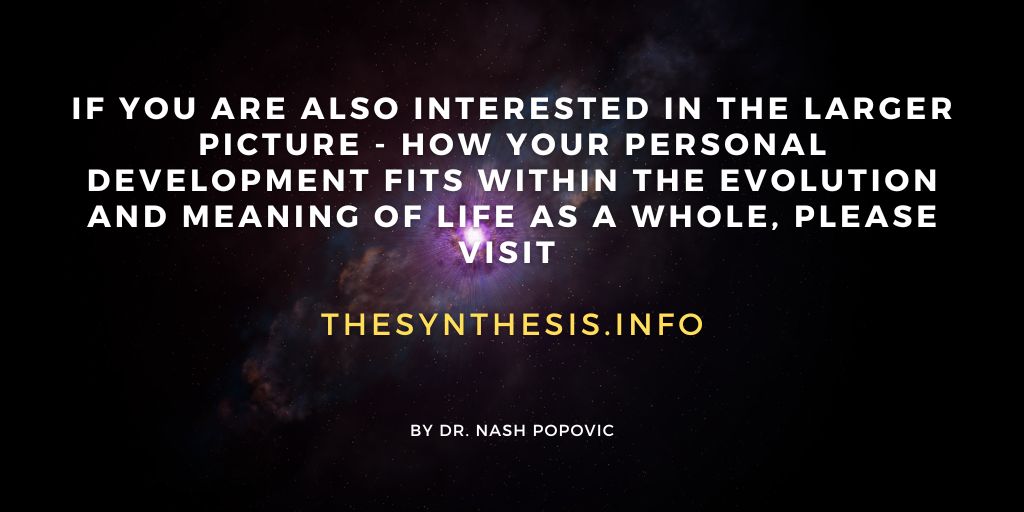6. Emotional Regulation
Between stimulus and response, there is a space. In that space is our power to choose our response.
In our response lies our growth and our freedom.
Attributed to psychologist Viktor Frankl
As indicated in the introduction to this group, emotions are different from feelings. They are not about experiencing but reacting to what we experience, conveyed vocally or through body language and actions (e.g. frowning, crying, laughing, running away, freezing, shouting, fighting). Although these reactions seem involuntary, there is actually much we can do about them.
Managing emotions
Emotional reactions have multiple purposes. They are a way of showing others how we are feeling and can provide us with extra energy and motivation. So, when you need the latter, give yourself a pep-talk or invoke inspirational images – it can make a real difference. However, even enjoyable emotional reactions are not always appropriate (e.g. laughing at a funeral) and can be a hindrance rather than help when facing challenging situations. There are several reasons for that:
- Emotional reactions impair your thinking, assessment and decision-making abilities (try to do maths when emotional, and you will see how much more difficult it is than otherwise).
- They are unlikely to resolve anything, but if they take over, you may do or say something you will regret later.
- They rarely have a desired effect – in fact, they usually make things worse and do not even make you feel better. For example, research suggests that just giving vent to anger does little or nothing to dispel it[i]. In fact, it can become a vicious circle: the more you indulge in it, the more easily it is set off.
For these reasons, it is best to deal with your emotional reactions and the situation separately. This may not always be possible, though, so we will also look at what to do in the heat of the moment as well as afterwards. Finally, we will suggest how to train yourself to respond to triggering situations the way you want.
Dealing with your reactions first
When you notice the welling of emotions, such as anger or upset, remove yourself from the situation and address them first:
- Expend their excess energy on a cooling-off activity – go for a walk or run, have a good cry, or express emotions in writing. Beating a cushion or punch bag is another way to let off steam (but make sure you don’t use others for that purpose). Whatever you do, it is essential to focus on the activity and not let your thoughts and imagination fuel your emotions further.
- When you sufficiently calm down, engage with the underlying feeling that triggered your reaction (e.g. disappointment, hurt, unfairness) and allow yourself to experience it (see Feelings).
- To make sure that your understanding of the situation is fair, accept the facts, but set aside anything you project onto it. Then, consider what would be a wise response.
In the thick of it
If you can’t attend to your emotions first, this is what you can do:
Suppressing or blocking emotions can be useful when you need to be efficient or make an impression (e.g. in an emergency or at a job interview). However, suppression creates an inner conflict that can divert your attention and energy from the situation and may even result in an outburst. It can also lead to completely shutting down, which may be as destructive, particularly for close and important relationships. So, something else is often better:
Defusing your reaction or turning down the emotional valve:
- Notice and acknowledge your reaction (“I am getting angry”)
- Don’t ask yourself if it’s justified (anger always thinks it is); ask if there’s a point, if it helps. If it doesn’t help (anger rarely does), relax and breathe its energy out.
- Try to accept what happened and acknowledge your feelings (you can process them fully later). This should at least soften your reaction, so that it is not uncompromising, righteous, and hard, which is what we usually regret later. Try also to zoom out to put the situation in context, or see its light side.
- Ask yourself what matters most at that point and prioritise that.
In the aftermath
Emotional reactions usually diffuse spontaneously after an event. There are, however, two instances when that does not happen: Emotions remain suppressed: it is well-documented that suppressing emotions has negative consequences for the body and mind[i]. The following exercise can help you release them.
Releasing emotions: if you get tense when thinking about something, some emotions are likely suppressed. Relax your body and mind to let them pass through, but stop thoughts related to these emotions to avoid fuelling them further. If your emotions are very deep or strong, you can express them in writing or art (such as playing music, painting, or drawing). Don’t worry about the quality or content (it doesn’t need to be about the related situation at all) – just let your emotions guide you. Only when you finish, recall the trigger to see if the tension is gone.
The loop is created between thoughts and emotions that feed each other: if not used, emotional energy pushes us to think about the trigger situation: we try to make sense of what happened, justify our reactions, and check if we have done what we could or can still do something about the situation. This initially feels good because it gives us a sense of power. However, this can easily turn into fuelling emotions further. The loop becomes a self-harming, vicious circle that is hard to break out of. This is why thinking and emotions need to be separated. If you have an urge to ruminate about what happened, set aside a specific time for that. If tempted at any other time, remind yourself when you will think about it, before you are caught in the loop (if necessary, jot down a few words to ensure you will not forget your line of thought). If your emotions scream and shout for not being fed, block or defuse them as suggested above. When the time comes, channel that energy into thinking about what can be done and is worth doing. Even concluding that nothing else can be done will give you peace of mind and help you let go and move on.
Choose your responses
Our automatic emotional reactions are not set in stone. If they are unhelpful, we can do the following to respond differently:
- Turn your emotional reaction into another one. Compassion, humour, and love/passion can all be constructive responses. For instance, you can turn an angry exchange with your partner into passion; or if you get panicky in a stadium full of people, focus on cheering your team rather than on how to get out, and you are likely to be fine. Even anger can come in handy (it can get you unstuck if you’re paralysed with fear, for example).
- Replace emotional reactions with better attitudes or mindsets. For instance, you can get serious instead of angry in trying situations. Or, you can act as a professional: don’t take things personally and respond to the situation assertively but calmly. This, though, may need some practice beforehand:
Emotional freedom:
- Consider situations in which you overreact or react inaptly. Don’t focus on what’s wrong, but on finding a right response that will get you where you want to be or achieve what you want in these situations. Let your body and mind experience this response (e.g. if it is calm assertiveness, experience, feel it).
- Close your eyes, relax and imagine a relevant situation. If your habitual reaction starts rising (e.g. you start getting angry), don’t fight it; acknowledge it, relax further, and let its wave pass. You can even act out the anger – do what you usually do – make faces, gesticulate or mime shouting, but without emotions involved. If some deeper feelings arise, attend to them before you move on (see Feelings).
- When your habitual reaction subsides, imagine the situation and respond to it in the way you want. Repeat until the new way of responding comes naturally to you, and then apply it in the real world.
[i] Goleman, D. (1995) Emotional Intelligence. London: Bloomsbury, 1996, p.64.
[ii] See, for example, Pennebaker, J. W. (1988). ‘Confiding Traumatic Experiences and Health’ in Fisher, S. and Reason, J. (eds) Handbook of Life Stress Cognition and Health. New York: John Wiley & Sons, p.670-671.

